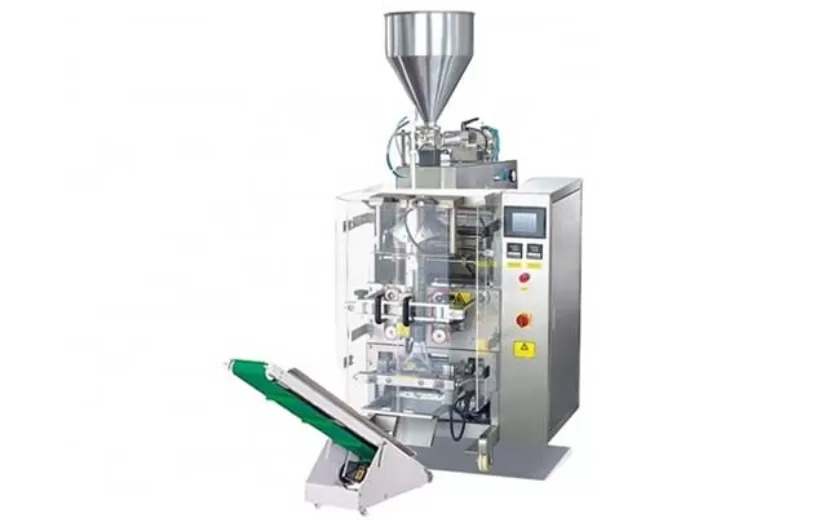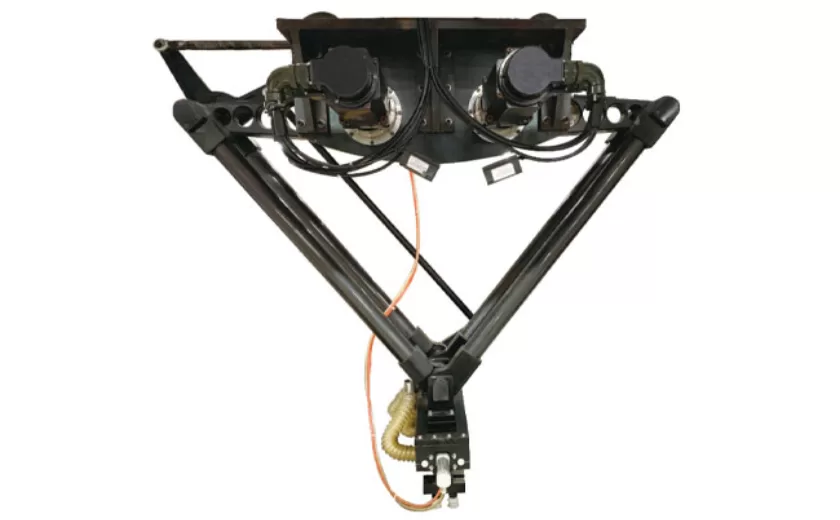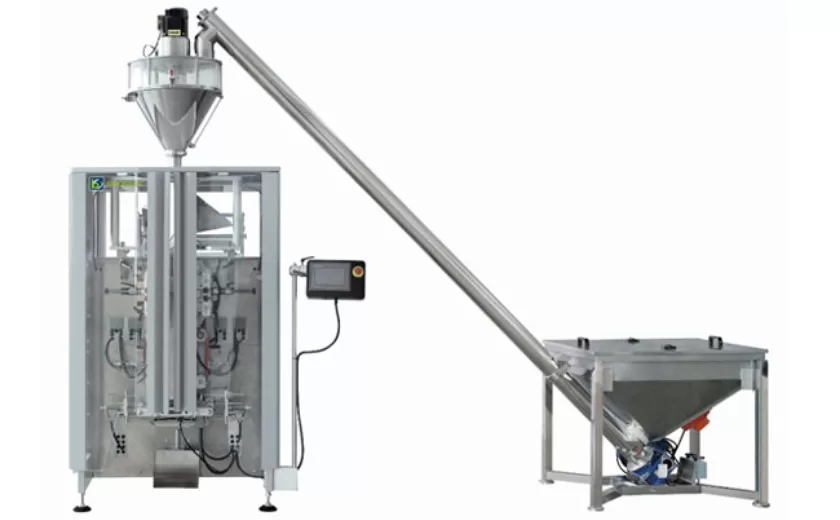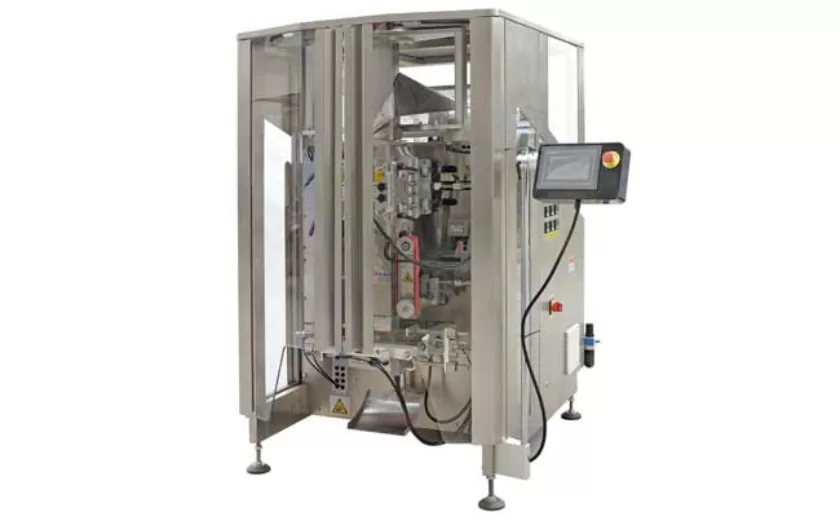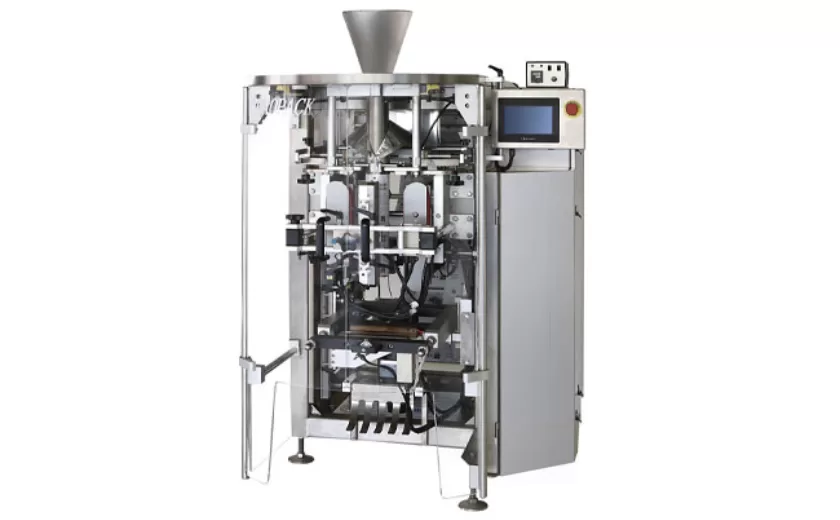Mastering Horizontal Flow Wrapper Sealing: A Comprehensive Guide
Mastering Horizontal Flow Wrapper Sealing: A Comprehensive Guide
When it comes to packaging products efficiently, horizontal flow wrapper sealing plays a crucial role in ensuring both freshness and appeal. Understanding the nuances of this packaging technique can make a significant difference in the overall presentation and preservation of your goods.
Whether you’re packaging food items, cosmetics, or pharmaceutical products, mastering the art of horizontal flow wrapper sealing is a valuable skill. In this blog post, we will delve deep into the intricacies of this process, exploring different sealing methods, troubleshooting common issues, and highlighting the best practices to achieve optimal results.
The Importance of Proper Sealing
Effective sealing is essential for maintaining the quality and integrity of the packaged products. It not only prevents contamination and spoilage but also enhances the visual appeal of the packaging, making it more attractive to consumers.
Types of Sealing Methods
There are several sealing methods used in horizontal flow wrappers, including heat sealing, cold sealing, and ultrasonic sealing. Each method has its unique benefits and is suitable for different types of products.
Heat Sealing
Heat sealing is one of the most common methods used in horizontal flow wrappers. It involves applying heat to a thermoplastic material to create a bond between two surfaces. This method is ideal for sealing items that require a strong, durable seal.
Cold Sealing
Cold sealing, also known as pressure sealing, is another popular method that does not require heat. Instead, it relies on pressure to create a seal between the packaging material. Cold sealing is often used for heat-sensitive products that cannot withstand high temperatures.
Ultrasonic Sealing
Ultrasonic sealing is a cutting-edge technology that uses high-frequency vibrations to create a strong and precise seal. This method is ideal for products that are sensitive to heat and pressure, providing a reliable and efficient sealing solution.
Troubleshooting Common Sealing Issues
Despite following the best practices, you may encounter issues with sealing, such as incomplete seals, wrinkles, or leaks. Understanding the root causes of these problems is crucial for addressing them effectively.
Incomplete Seals
Incomplete seals can occur due to inadequate pressure, temperature, or dwell time. Adjusting these factors and ensuring proper alignment of the sealing jaws can help eliminate this issue.
Wrinkles
Wrinkles in the seal area are often caused by excessive pressure or temperature. Fine-tuning these parameters and ensuring uniform material thickness can mitigate wrinkling and improve seal quality.
Leaks
Leaks can result from damaged sealing jaws, improper positioning of the product, or inadequate sealing pressure. Regular maintenance of equipment and optimizing the sealing process can help prevent leaks and enhance the overall seal integrity.
Best Practices for Optimal Sealing
To ensure consistent and reliable seals, adhere to the following best practices:
- Calibrate the sealing equipment regularly to maintain accuracy.
- Use high-quality packaging materials to enhance seal strength and durability.
- Optimize sealing parameters, such as temperature, pressure, and dwell time, for each product.
- Train operators on proper machine operation and troubleshooting techniques.
By mastering the art of horizontal flow wrapper sealing and implementing these best practices, you can elevate the quality of your packaged products and enhance the overall customer experience.
Conclusion
Understanding the intricacies of horizontal flow wrapper sealing is essential for achieving optimal results in product packaging. By familiarizing yourself with different sealing methods, troubleshooting common issues, and following best practices, you can ensure that your products are securely sealed and visually appealing.
-
Advanced Packing Solutions: Snacks, Sugar, and Frozen Food Machines
29-10-2025 -
Efficient and Reliable Solutions for Salt, Nuts, and Frozen Dumplings Packing
29-10-2025 -
High-Performance Biscuits, Lollipop, and Ketchup Packing Machines for Modern Food Production
29-10-2025 -
Efficient Liquid Filling and Packing Machines for Modern Production
23-10-2025 -
Reliable Granule Packaging Machines for Efficient Production
23-10-2025 -
Efficient Auger Powder Filling Machines for Accurate Packaging
23-10-2025 -
High-Performance Liquid Filling and Packing Machines for Hygienic Production
10-10-2025 -
High-Efficiency Granule Packaging Machines for Precision and Speed
10-10-2025 -
High-Precision Auger Type Powder Filling Machines for Efficient Packaging
10-10-2025 -
Efficient Vertical Form Fill Seal Packaging Machines for Smart Production
10-10-2025





